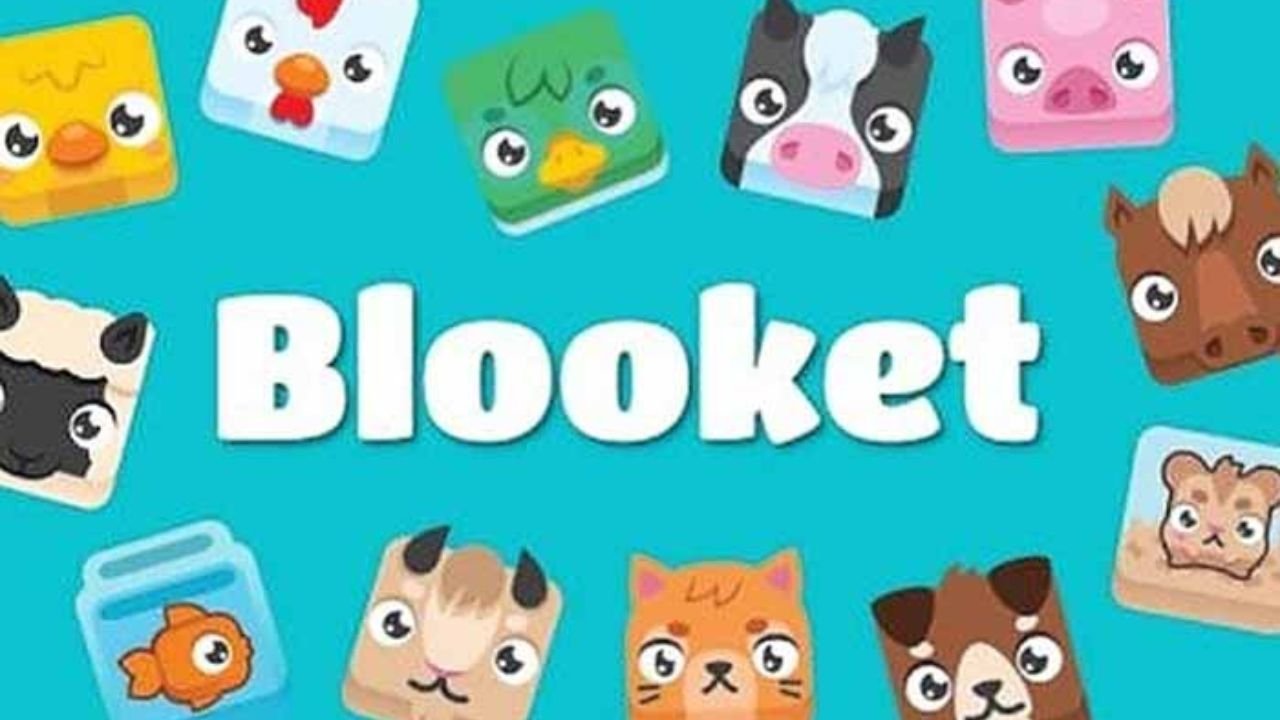Art and craft activities provide an incredible opportunity for children to explore their creativity while enhancing their mental wellbeing. Engaging with arts and crafts not only allows children to express themselves but also serves an educational purpose, reinforcing their learning in various subjects. In this blog post, we will delve into the numerous benefits of art and craft supplies while providing parents and educators with insights into how to effectively support children’s artistic ventures.
1. Encouraging Self-Expression
Art is a powerful form of self-expression. It allows children to convey their thoughts and feelings in a way that words may not always capture. By providing access to art supplies, children have the freedom to explore their emotions, leading to greater self-awareness and confidence. Through various mediums, such as crayons, paint, and clay, kids can explore their identities and personal narratives.
2. The Importance of Creativity
Creativity is a vital skill that extends far beyond the art classroom. Engaging in creative activities can improve problem-solving abilities and foster innovation. Children who participate in art and craft activities learn to think outside the box, which can lead to better outcomes in academic and social situations.
3. Improving Mental Health Through Art
Art has been shown to have therapeutic effects, particularly for children. Engaging in creative activities can reduce anxiety and stress, providing an outlet for feelings that might be difficult to express verbally. As children immerse themselves in their craft, they often find solace and peace, which is crucial for their overall mental health.
4. Essential Supplies for Artistic Growth
For children, having the right materials is essential. From basic items like paper, coloured pencils, and markers to more advanced tools such as sculpting clay and fabric, a well-stocked art supplies collection can inspire countless creative projects. These supplies are not only useful for individual exploration but also crucial for school art projects and collaborative learning experiences.
5. Classrooms Filled with Creativity
Educators play a significant role in fostering a creative environment. By equipping classrooms with diverse art supplies, teachers can encourage students to experiment with different mediums and techniques. Simple items like glue sticks, scissors, and construction paper can spark creativity and inspire students to engage with art.
6. Hands-On Playtime for Younger Children
For toddlers and preschoolers, hands-on art play is of utmost importance. Engaging with chunky crayons, washable markers, and finger paints allows young children to grasp the fundamentals of creativity in a playful manner. Craft materials such as stickers and clay can also help develop their fine motor skills and encourage imaginative play.
7. Advanced Supplies for Skill Development
As children grow, their artistic needs evolve. For those looking to refine their skills in specific crafts, various advanced supplies are available. Parents may consider investing in high-quality materials such as fabric, woodworking tools, or specialized painting tools to help their children explore new techniques.
8. Growing Problem-Solving Skills
Art and craft activities challenge children to think critically and resolve problems creatively. Whether it’s figuring out how to bring a vision to life or addressing a challenge encountered during the crafting process, these activities emphasize the value of persistence and ingenuity.
9. Sharing Art with Others
Creating art is not limited to individual projects. Sharing artwork with friends, family, or even local communities can enhance social skills and foster connectivity. Art exhibitions or collaborative projects can be wonderful ways for children to showcase their talents, sharing their creativity with others.
10. Integrating Art Across the Curriculum
Integrating art into various subjects can enhance learning outcomes. Subjects like mathematics, science, and history can benefit from a creative approach, allowing children to draw connections between different areas of knowledge through visual representation.
11. The Role of Parents in Artistic Development
Parents can greatly influence their child’s engagement with art and craft. Encouraging participation in art activities at home and providing positive feedback can significantly boost a child’s confidence. Additionally, creating a dedicated space for art supplies ensures that children have easy access to the materials they need to explore their creativity.
12. Conclusion: Fostering a Lifelong Love for Art
Fostering a love for art and craft from a young age sets the foundation for lifelong creativity and self-expression. By providing children with diverse art supplies and encouraging exploration, parents and educators can nurture their creative instincts while enhancing their mental well-being. For a wide range of children’s art and craft supplies, be sure to visit Education All, where you will find everything needed to inspire the next generation of artists.











